Dead Woman Came Back To Life And Walked After 3 Years In Her Grave
When we lose someone we love, it's human nature to wish that we could bring them back to life. We wish we had one more moment to hug them and tell them we love them before it's too late. It's hard to accept the loss of that possibility. We think of death as not only imminent but also irreversible. The topic of death itself sends chills down our spine whether or not we believe in an afterlife. Death is perceived as a sinister man wearing a black robe that we can't escape. However, this meaning is not universal.
In Indonesia, in the town of Toraja, death is possibly temporary. A woman was videotaped leaving her grave after being dead for 3 years. The proof is in the footage and is hard to dispute. See for yourself.
Risen From Death
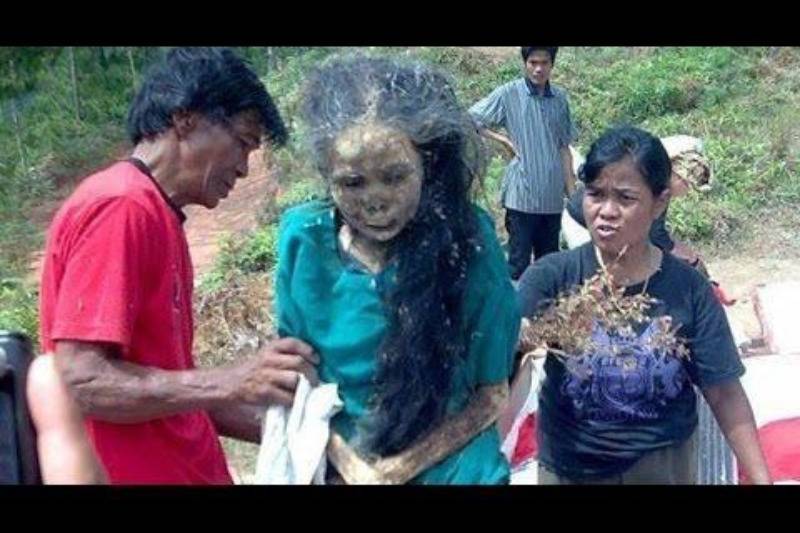
In Indonesia, in the town of Toraja, a woman was reported leaving her grave after being dead for 3 years. News surrounding her claimed resurrection adds that in order to bring her back to life, a special ritual was performed at the location of her tomb.
She was not buried alive, but rather somehow was risen from death. In fact, her body had deteriorated and looked just like a corpse. She couldn't even walk on her own and needed to be held up at all times.
Half Human Half Zombie
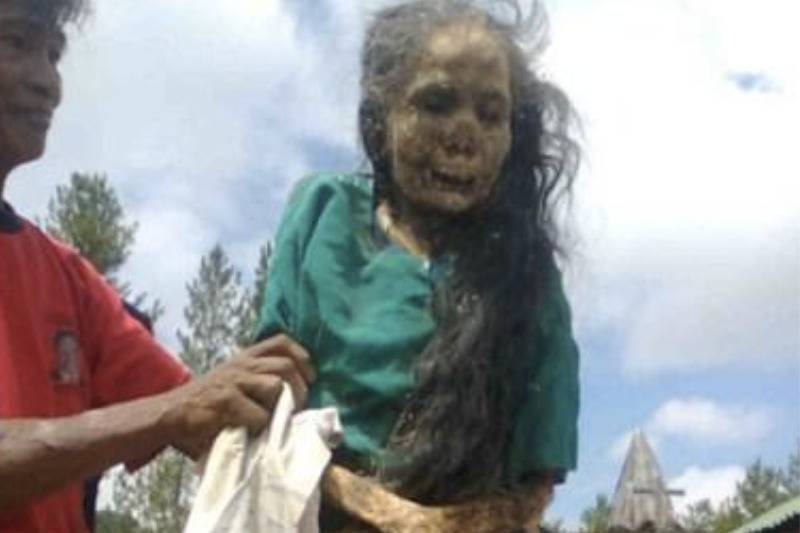
The woman barely kept her human features and had lost her nose cartilage. Her skin was yellow and pale and was so transparent that the decaying bones underneath were showing. No veins were visible. Her face could be frightening to look at because it doesn't show any sign of life.
In fact, it's hard to believe that this woman is alive at all and the footage of her coming back to life has been heavily criticized. Is this science, fiction, or divine intervention? Let's dig deeper to find the answer.
The Resurrection Ritual
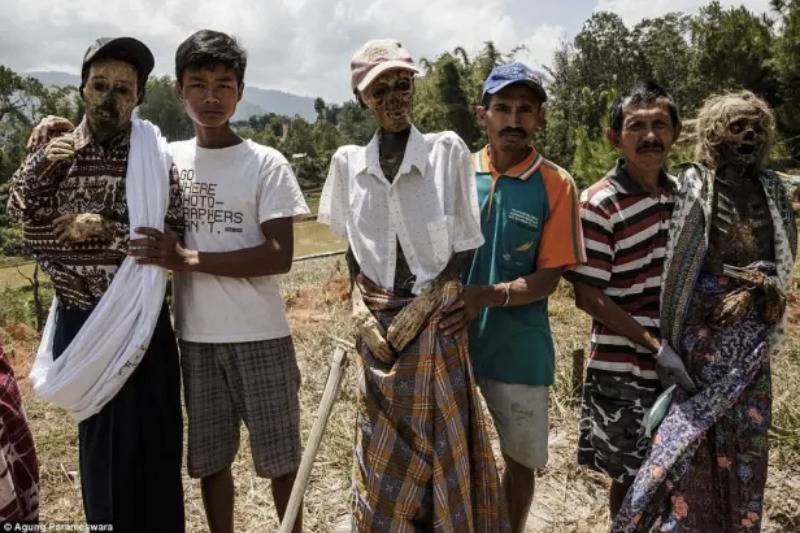
The woman came from Toraja, a place that doesn't perceive death as final. Rather than letting bodies rest in their graves, loved ones wake up the corpse and leave it standing in front of its own tomb. This may seem strange to a culture that never sees the body after the funeral again.
But for Torajans, death is part of the everyday vocabulary and is not something they're afraid of. Its presence in everyday life extends from statues to social events that go much further than funerals.
While the tradition of waking up a corpse is rare today, even science has a hard time explaining how a dead woman walked three years after her death.
Real Or Fake?
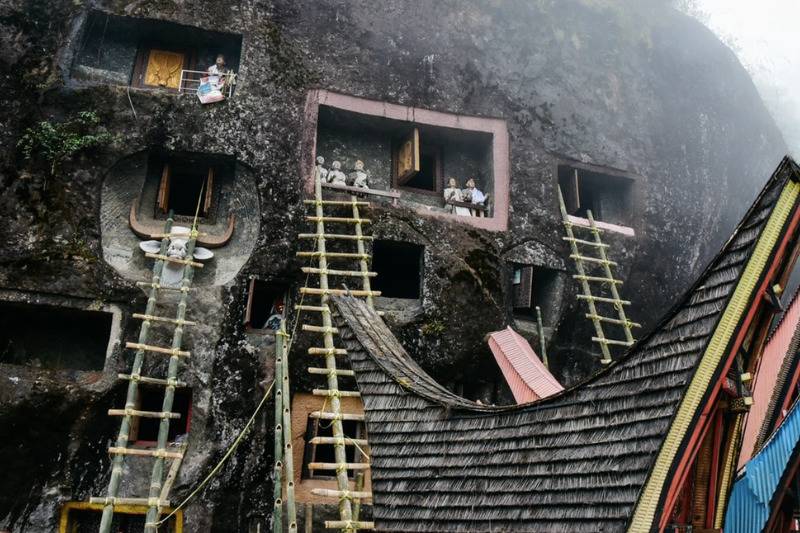
We will let you decide whether the images of the dead woman walking are real or fake. Since the event, the video footage was taken down but she is not the first. However, we will tell you that you can find many images of this kind where dead women or men are seen standing beside their loved ones.
This is a concept familiar to their culture. "Torajans also tell stories about corpses that walk on their own to their final resting place," explains cultural anthropologist Kelli Swazey. Torajans believed in the past that magic rituals could make corpses walk on their own. However, this magic is now seen as dark and the stories have become mostly nothing but stories.
The Industry Of Death
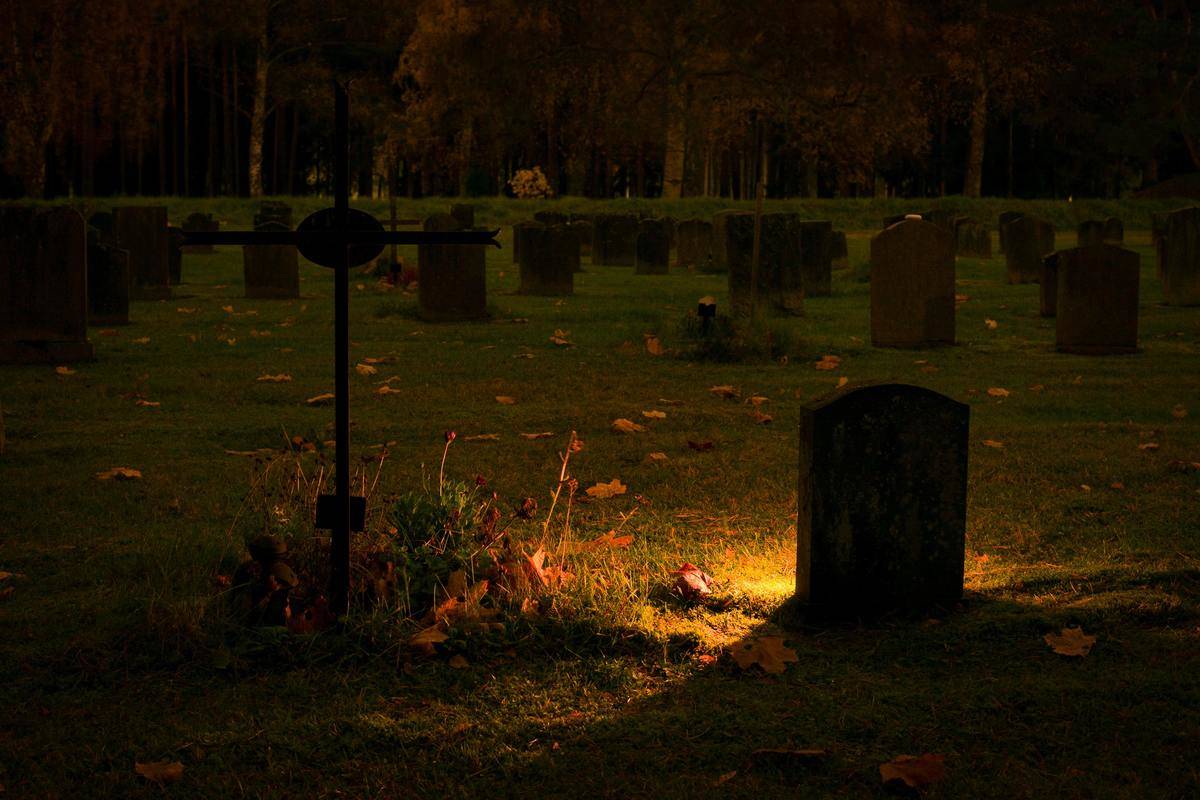
Death has become a whole industry that really feeds into the economy. Since it's guaranteed that all humans will eventually die, there is no avoiding the costs that come with it. In fact, the national American average cost of a funeral with viewing in 2020 was $9,150. That cost does not include cemetery service or cemetery property charge.
Families end up saving for years while they're still alive so that the burden doesn't one day fall on their children. In Torajan society, families exchange gifts and meat at funeral events as a way to redistribute the wealth.
Never Really Gone
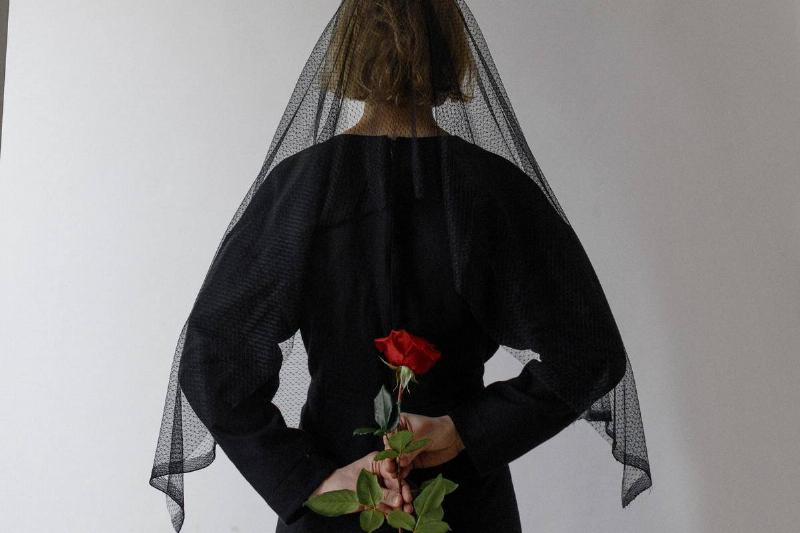
Maybe we should learn from Torajans not to mourn our loved ones. Maybe if we looked at death as never-ending but instead as a transition into another world, or some sort of afterlife, we would feel comforted. In that sense death is just a chapter or a new beginning.
For Torajans, even after people are buried, they are not really gone. It might seem strange to us because it's different, but by dressing dead loved ones, even years after their passing, we remember them in the brightest light as if their bodies never expired.
In a way, they remain with us still even after death. Even when a baby dies, the body is sometimes buried in a hole carved out of the trunk of a tree so that the two may live on and grow together. In death, there is some sort of life.
The Line Between Life And Death

These rituals and traditions blur the line between life and death. The intrigue with death has attracted tourists from all over the world who visit to see exactly what it means for the dead to come back to life.
After all, how can we truly know what happens after we die? There is a possibility that our lost loved ones continue to watch over us and appreciate us when we continue to look after their bodies, preserving their memory and never forgetting about them to overcome the grief of losing them.
Death As A Process
Just like grief, death is a process but this is especially important in Toraja society. Death is seen as a lengthy process that transcends biological conditions. The life of a person, or rather their consciousness is honored beyond their physical bodies. Their spirit is part of something bigger than this world and society we live in.
Death is just a physical event but a person is somewhat eternal. They continue to live on not only in our memories but possibly to an extent that we don't fully understand and might never until it's our turn.
The Final Verdict
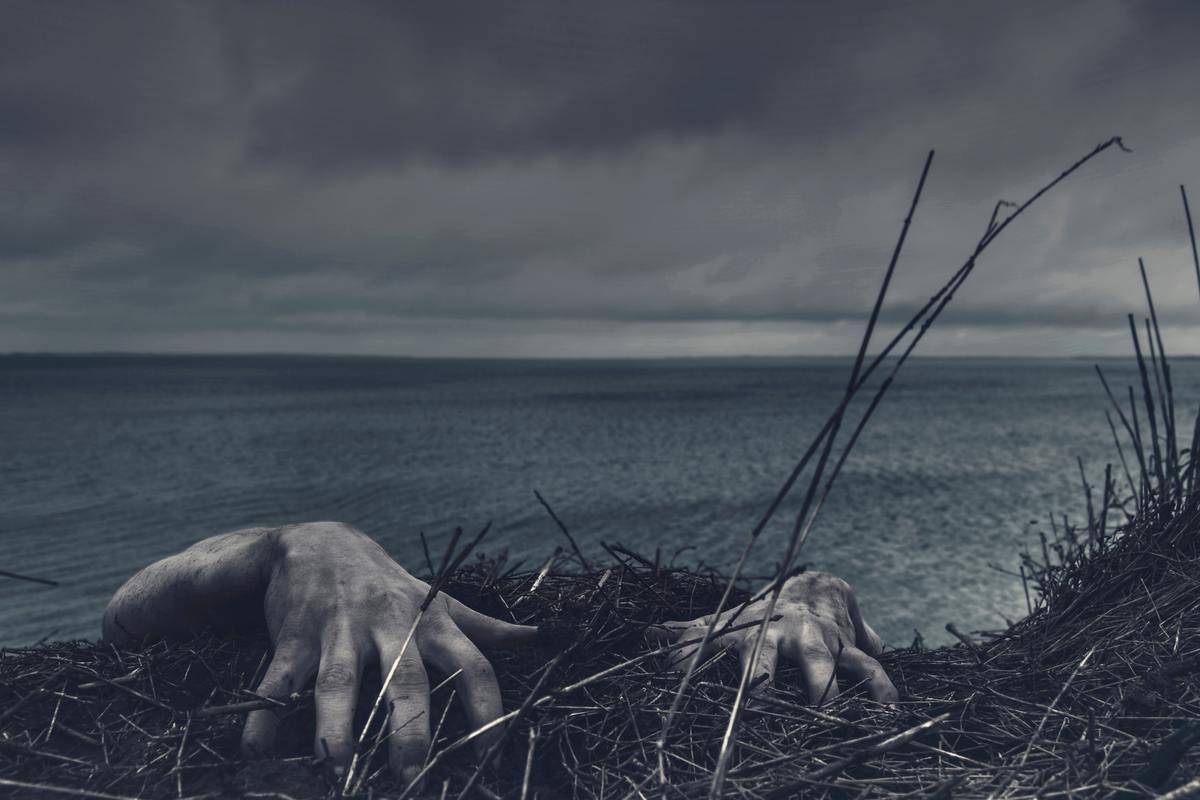
So was a dead woman really walking after rising from her tomb? Yes, but no — not literally. She was likely part of the tradition and was only standing with the help of surviving family members as a way for them to show their love and devotion even after the physical bodies of their loved ones are gone.
Live while you're alive. Are you still searching for your life purpose? You won't believe what the science of Numerology can reveal about you!
That's right, the numerology of your birth date, regardless of what month you were born, can reveal surprising information about your personality.
Click HERE to learn what Numerology says about your life using only your Birth Date.





